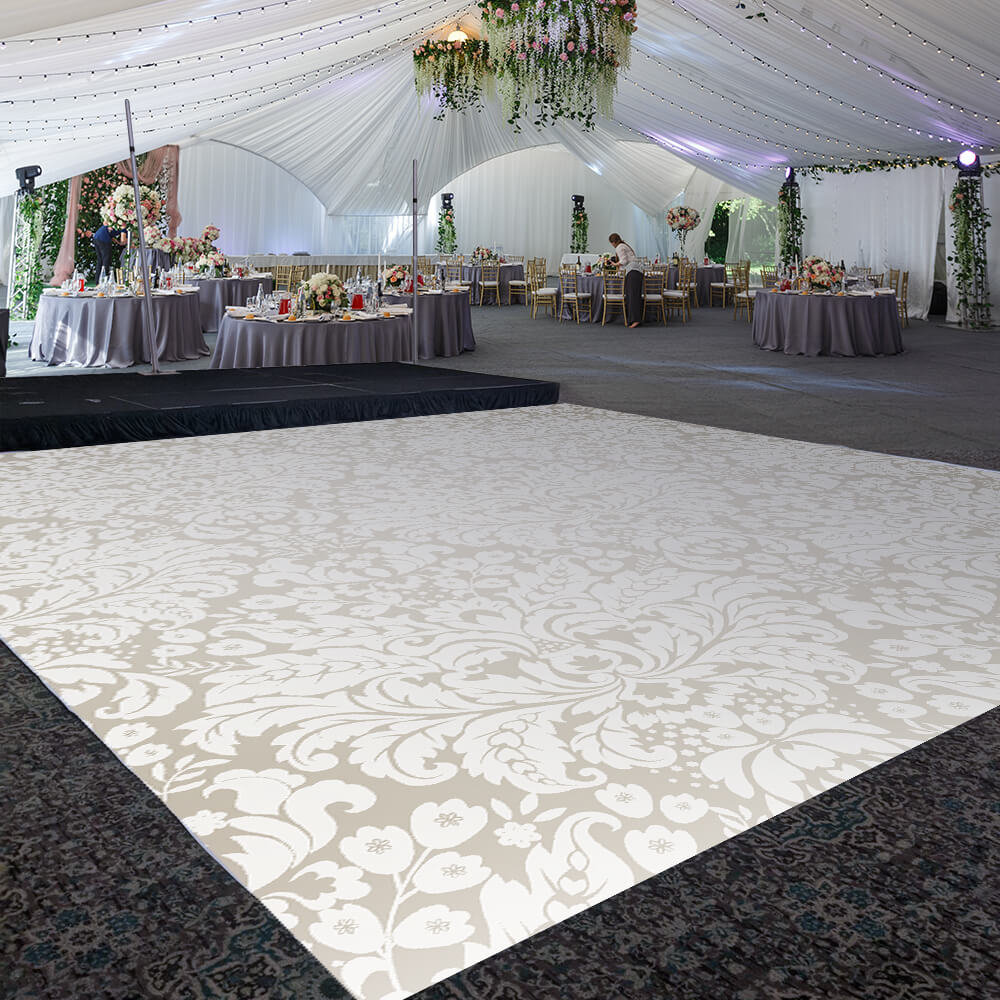Enhancing Ingenuity With Color Concept for Light Emitting Diode Movement Floor Layouts
Enhancing Ingenuity With Color Concept for Light Emitting Diode Movement Floor Layouts
Blog Article
Color theory is a crucial aspect of design, particularly when it comes to designing light-emitting diode dancing floors. The interaction of colors can greatly affect the mood and energy of a venue. By understanding how hues work together, creators can craft an environment that improves the total experience for participants. This piece examines the fundamentals of hue principles and its application in light-emitting diode dancing floor layouts.
The main hues are crimson, azure, and golden. These hues cannot be created by blending different hues combined. Intermediate hues, such as emerald, tangerine, and violet, are formed by combining main hues. Tertiary colors are formed by mixing a primary color with a intermediate color. Understanding these basic connections helps designers choose colors that complement one another and create a aesthetically pleasing show. Mixing these hues on an light-emitting diode dancing floor can lead to dynamic and stimulating outcomes that attract the attention of dancers.
Color value also holds a key role in design. Hues can be classified as hot or cool. Warm hues, such as crimson, tangerine, and yellow, tend to elicit emotions of enthusiasm and warmth. In contrast, cool hues like azure, green, and purple typically generate a serene and soothing atmosphere. Designers can utilize these hue temperatures to set the ambiance for various types of events. For instance, website link a celebration atmosphere may gain from hot colors that energize the crowd, while a further calm occasion might use cool hues to offer a calming effect.
In furthermore to hue combinations and value, luminosity and intensity are vital factors to consider. Luminosity refers to how light or dim a hue appears, while saturation indicates the vividness of a color. Vivid, intense hues can create a vibrant and lively atmosphere, perfect for dance surfaces. On the contrary hand, softer, lower intense hues can create a more muted atmosphere. By adjusting brightness and saturation, creators can draw attention to particular sections of the dance floor or establish sight pathways, leading dancers through the space.
Finally, it is crucial to take into account the psychological effects of hue in light-emitting diode dance surface layouts. Different hues can elicit various emotions and responses. For instance, crimson is often associated with zeal and energy, while blue can be soothing and tranquil. Grasping these associations allows designers to tactically apply hues to site here influence the behavior of dancers. Through integrating color principles into LED dancing surface designs, creators can enhance the overall encounter, rendering it unforgettable and enjoyable for everyone involved.